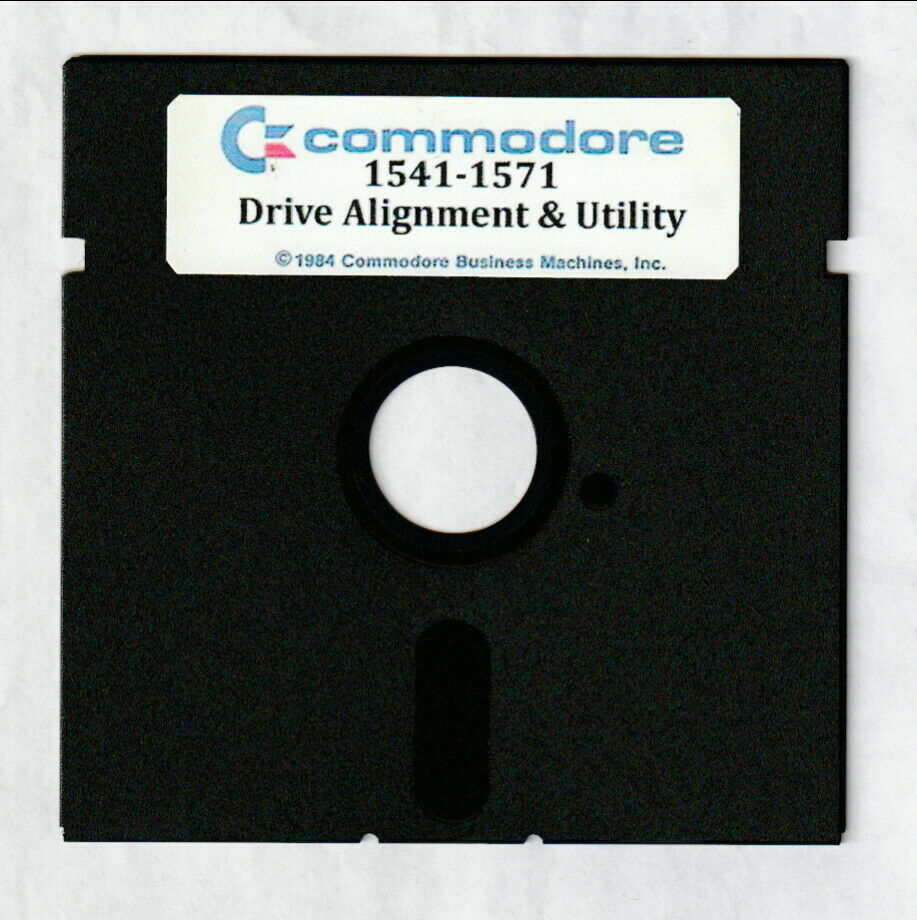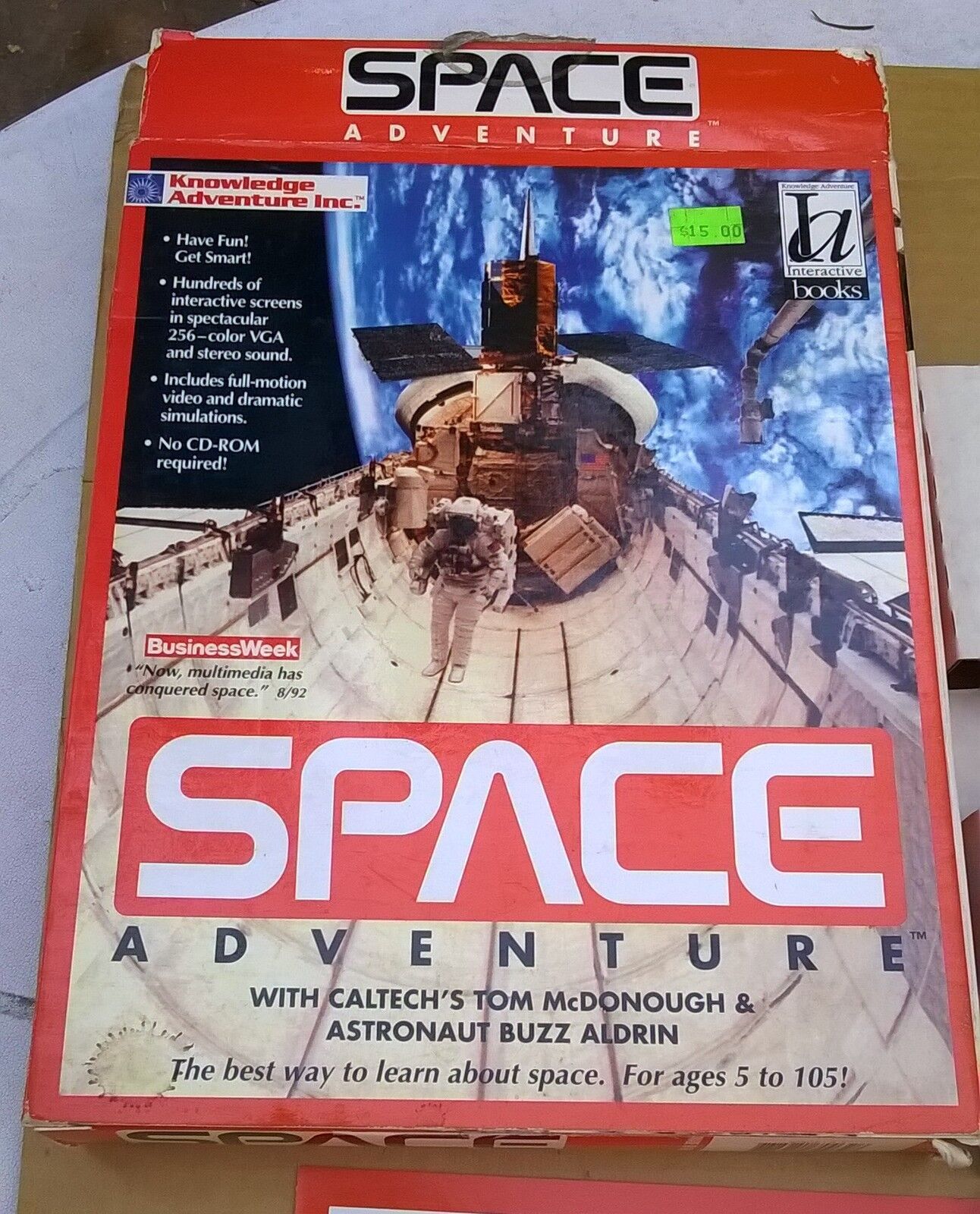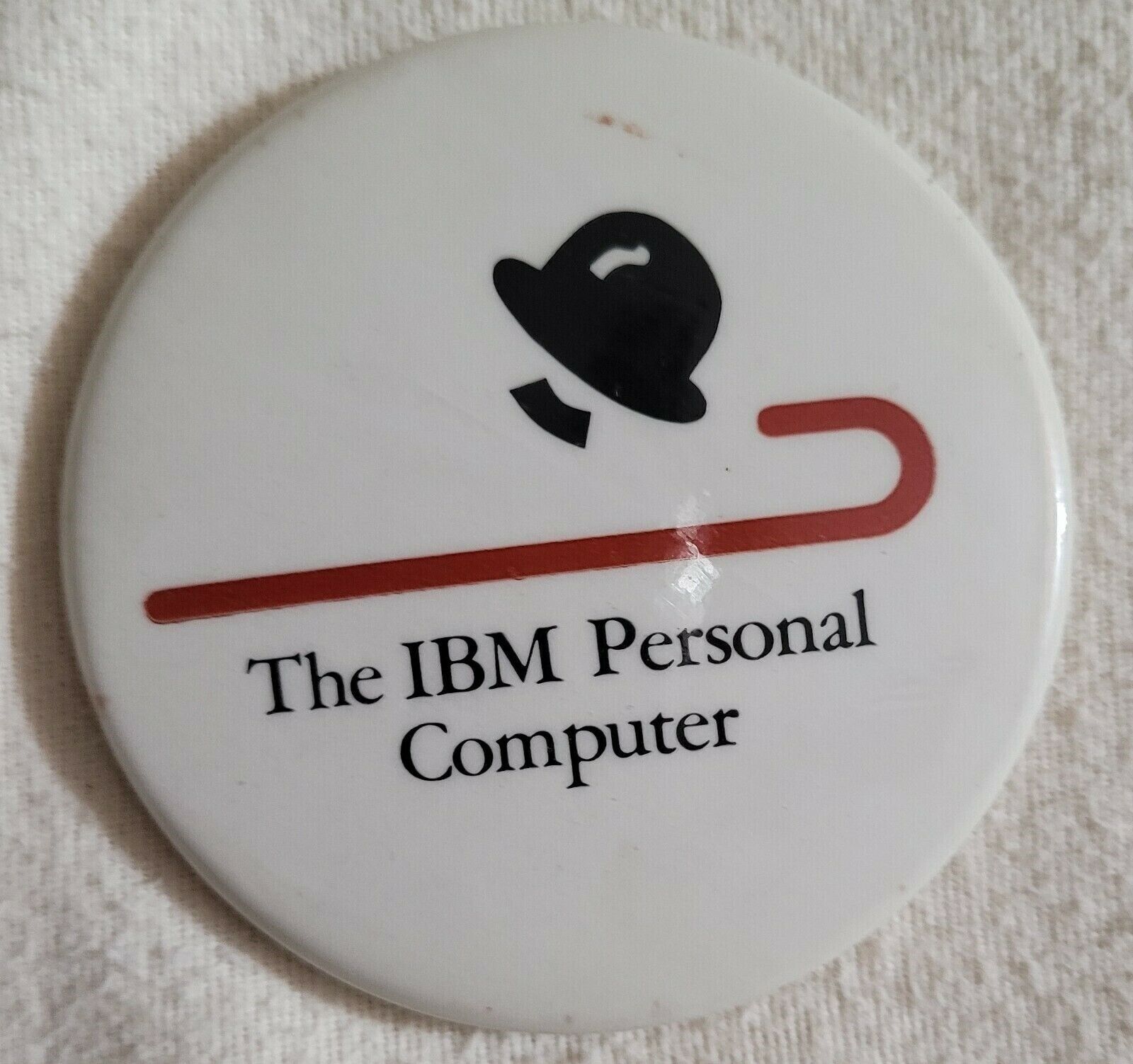-40%
50th Anniversary nanoKENBAK-1
$ 15.83
- Description
- Size Guide
Description
John Blankenbaker was a visionary. Long before many, he understood that computers were the future. While a freshman attending the University of Oregon in 1949 he started working on his design for a personal computing device. That doesn't sound like so much today, but in 1949 it's estimated there were fewer than 100 computers world-wide, and personal computers were the stuff of science fiction. John set out to create that computer, but soon discovered it would be too expensive for an individual to build.In July of 1971 John finally did it: he created the Kenbak-1, the world’s first personal computer. He understood that the capabilities of this computer were limited, but it would fill a niche – to provide a fun and educational method to introduce students to the concepts of computers and programming.
The Boston Computer Museum has given John's creation the title of "First Personal Computer" - a stored program, automatically sequenced unit available to, and priced for the general public. Unfortunately, the Kenbak-1 proved to be too esoteric for the public and the company folded after selling fewer than 50 units.
The Original Kenbak-1 at the Computer History Museum
You can experience this tiny little work-alike computer based on the ATmega328P processor with emulation software written by Mark Wilson. It perfectly emulates the operation of the original Kenbak-1, with 15 push buttons for input and 12 LEDs for output. Store programs of up to 256 bytes! Watch them execute at (almost) 1khz!
Just to make this device a bit more fun, we've added some extensions to the original functionality: A real-time clock with three display modes (BCD clock, Binary clock, and Counting clock). Eight memory locations so you can save your favorite programs and easily show them off to your friends. Built-in programs for hours of enjoyment.
It can be powered continuously via a USB connection, or on-the-go with the included rechargeable battery.
Includes:
Fully assembled and tested nanoKenbak-1
LIR2032 rechargeable battery
USB cable
Instruction pamphlet











